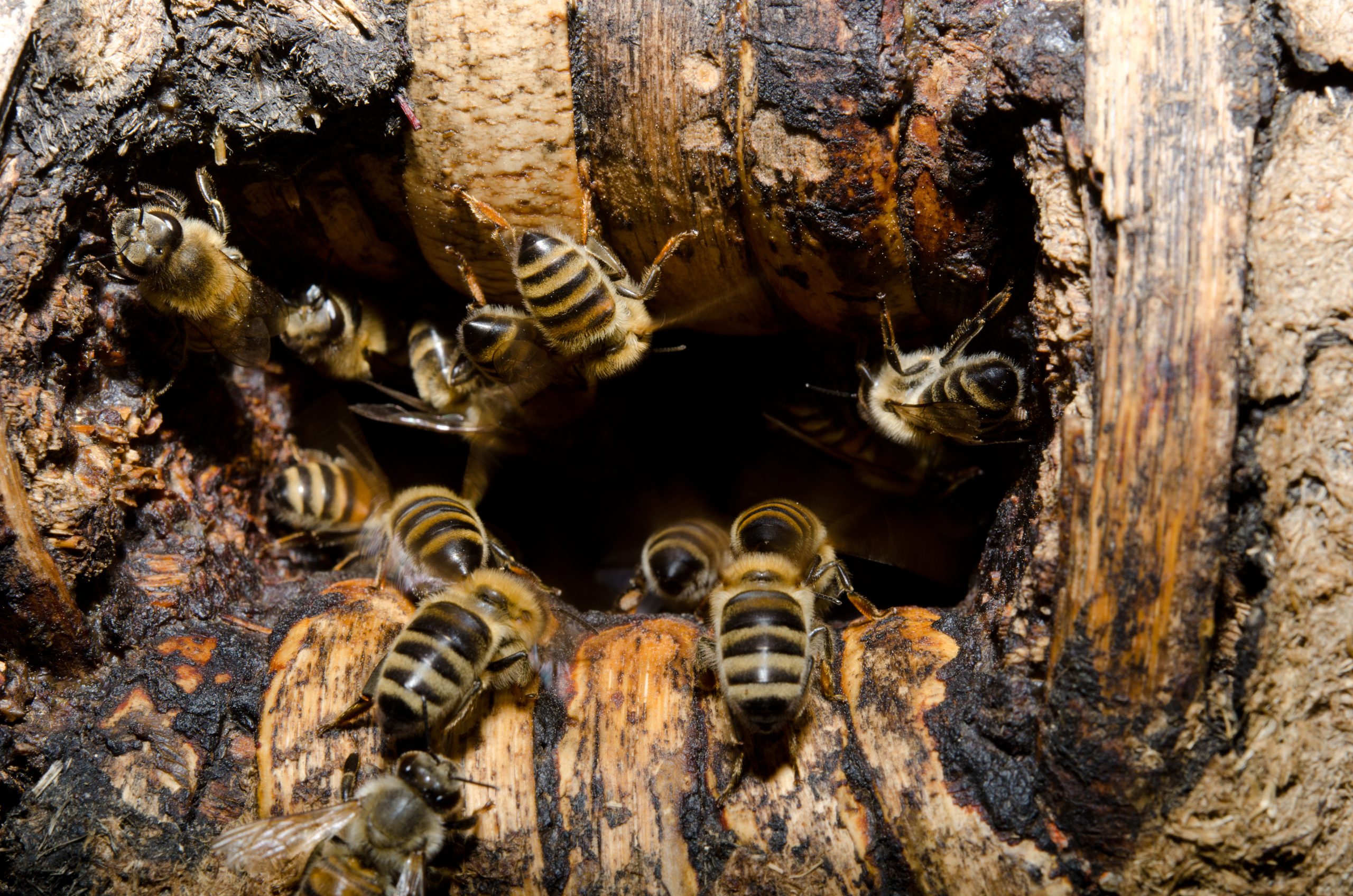Honeybee Guards are Fearless and Merciless
November 09, 2016
Bee Colony Collapse, Honey, Honey Bees
Honeybees are known to nearly everyone for collecting honey and providing pollination for crops, and according to the American Beekeeping Federation (ABF), “approximately one third of all the food Americans eat is directly or indirectly derived from honeybee pollination.” The inhabitants of honeybee hives are divided into three different groups: worker bees, male drones and the queen bee.
As with the queen, the worker bees are a particularly crucial class within the hive and necessary for its success. Along with gathering nectar and maintaining a clean environment within a hive, worker bees also serve as guards to protect the hive entrance from predators and prevent said predators from foraging their honey and harming the queen or her larvae and eggs.
Naturally, honeybee guards are very defensive of the hive, as its wellbeing depends on the guards and their instinct to protect for the betterment of the colony. If one bee is harmed or feels the hive is greatly disturbed, guard bees soon follow as a form of defense. Honeybees have an alerting pheromone that alerts other guard bees and worker bees to the location of the threat, attracting a swarm until the intruder succumbs to the poison of bee stings. Over the years, colonies of Africanized bees have been increasing, with Africanized male drones creating more defensive colonies with European queens.
Guard bees can be found during the peak of honey flow, which is often during the spring. When the temperature increases, bees can leave and gather nectar from flowering plants. When plants begin to lack in nectar, colonies become weaker and guard bees become more defensive, protecting the colony from any insect or creature near it. When another insect dies near the hive, guard bees drop them off far from the hive to avoid the rotting insect spreading diseases—in fact, honeybees who die inside the hive are usually removed within the hour.
Given their primary function is to defend the hive, guard bees defend from threats using their stingers, which are made to penetrate the skin of its enemies. They can sting more than once on harder, shallower surfaces, but the barbs are often caught in the flesh, making it impossible for bees to remove them. The stinger is located under the honeybee’s abdomen, containing its vital organs, such as the heart and stomach. After the stinger is caught, the bee’s abdomen is torn, killing the bee in the process. If you’ve upset a guard bee and find its stinger caught in your skin, it’s best to remove the stinger as soon as possible to avoid further pain and swelling.


.jpg)




